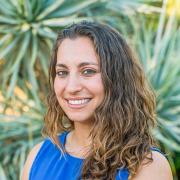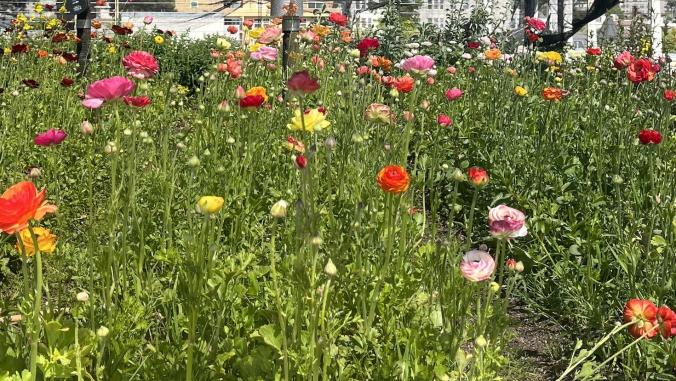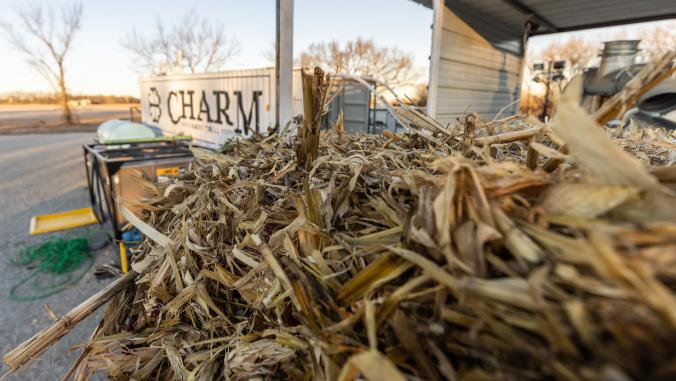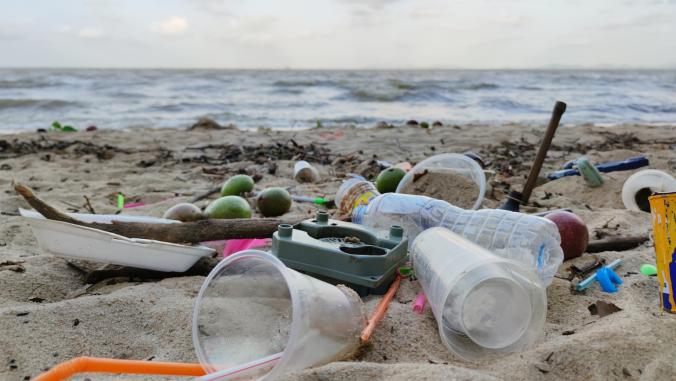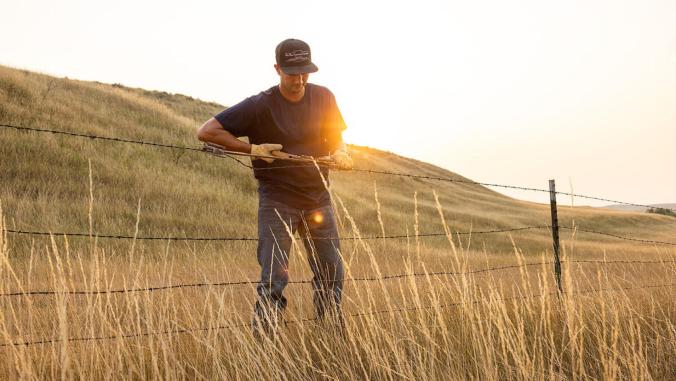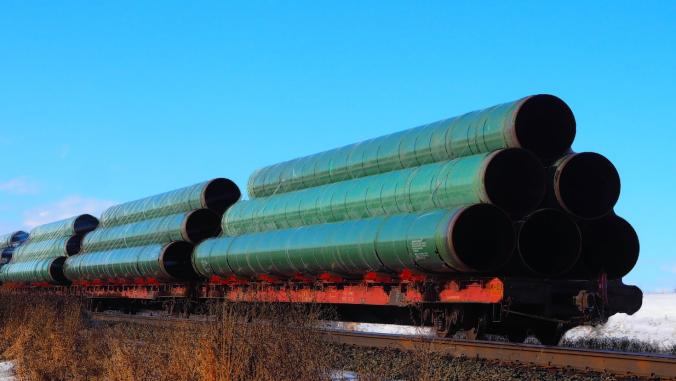As offsetting and carbon credits grab headlines, a different movement is flying under the radar — insetting. Instead of funding carbon removal projects in varied locations and collecting carbon credits to balance their carbon accounting sheet, some companies are focusing internally on their supply chains. This is especially true of the big food corporations whose farming and ranching partners account for most of their emissions.
And Organic Valley is paying a carbon market price directly to its suppliers. The farmer-owned organic cooperative of dairies found that insetting was much more in line with its ethos than offsetting. In fact, it has no budget for offsets.
"It feels more authentic to who we are as a cooperative of farmers," said Nicole Rakobitsch, director of sustainability at Organic Valley. "Our farmers are also the owners of the business. We’re investing inside our own supply chain, on the farms where the commodities that go into our products get produced."
In 2022, Organic Valley ran a pilot version of the insetting effort it is opening up to all farmers in its supply chain in 34 U.S. states this month as the CROPP Carbon Insetting Program (CCIP). The initiative helps farmers implement solar, manure composting, agroforestry and other regenerative and climate-smart farming practices. Organic Valley pays the farmers $20 per-metric-ton for the carbon they sequester or reduce, a number Organic Valley decided was competitive with the external carbon offset market. Farmers in the pilot program have been receiving payments from Organic Valley while it’s the first time receiving carbon payments for those who join this year.
"One of the motivations for creating a carbon insetting program is just the sheer fact that we know there are these external markets out there that are courting Organic Valley farmers," Rakobitsch said. "We really wanted to be the market of choice for them."
By contrast, farmers could join carbon offset marketplaces, such as Nori, and sell credits to other corporations. But Organic Valley wants the carbon reductions on its farms to be applied at home, not to other companies. For Chris Wilson, a seventh-generation dairy rancher and feed producer in Wisconsin, the carbon payment wasn’t the main driver for joining CROPP. The carbon payments from Organic Valley only covered about 5 percent of the costs for installing 60 kW of solar photovoltaics on his farm. (His farm was part of the pilot last year).
Our farmers are always looking forward to the future to the next thing they can do and improve on their farm.
"At the margin [enabled by $20 payment] it helps, but it's not what’s going to make or break doing the project," he said. "I think it was really the expertise that Organic Valley [provided]. That expertise probably is what swung doing the project."
But Wilson noted that other programs such as manure composting might have bigger payouts. Beyond financial support, Organic Valley’s program offers technical assistance, education and grant writing help to its farmer members. According to Rakobitsch, Organic Valley’s network of technical service providers act as boots on the ground to help the farmers design a regenerative climate-smart plan on the farm level at no cost — something the external carbon offsetting market can’t provide.
Organic Valley is working with partners YardStick and SustainCert to benchmark and continue measuring the carbon sequestered on the farms.
This year, Wilson recently finished installing solar panels in his grazing pastures and is excited to see how the cows interact with the panels and what new grasses will grow in the microenvironment underneath them. He and other Organic Valley farmers have been deploying regenerative practices such as rotational grazing, which involves moving livestock from pasture to pasture, for years under the organic model. Many of those traditional improvements, however, will only produce minimal increases in carbon sequestration and are unsuitable for the external offset market. To be even more innovative, Wilson is excited about silvopasture, which incorporates trees, pasture and forage into a single farm system.
"Our farmers are always looking forward to the future to the next thing they can do and improve on their farm," Rakobitsch said. "They're also excited to find additional practices that they can do to better their earth."

